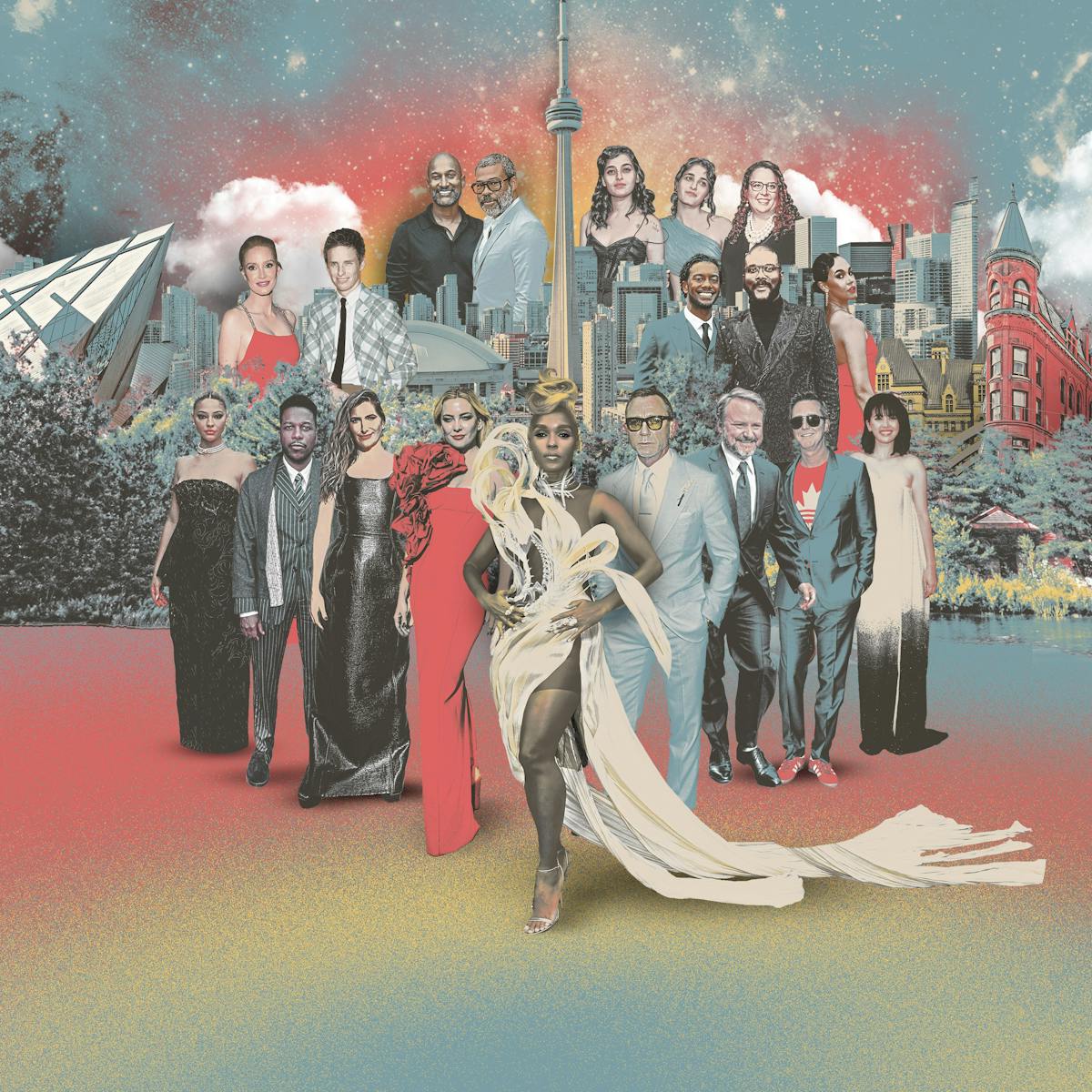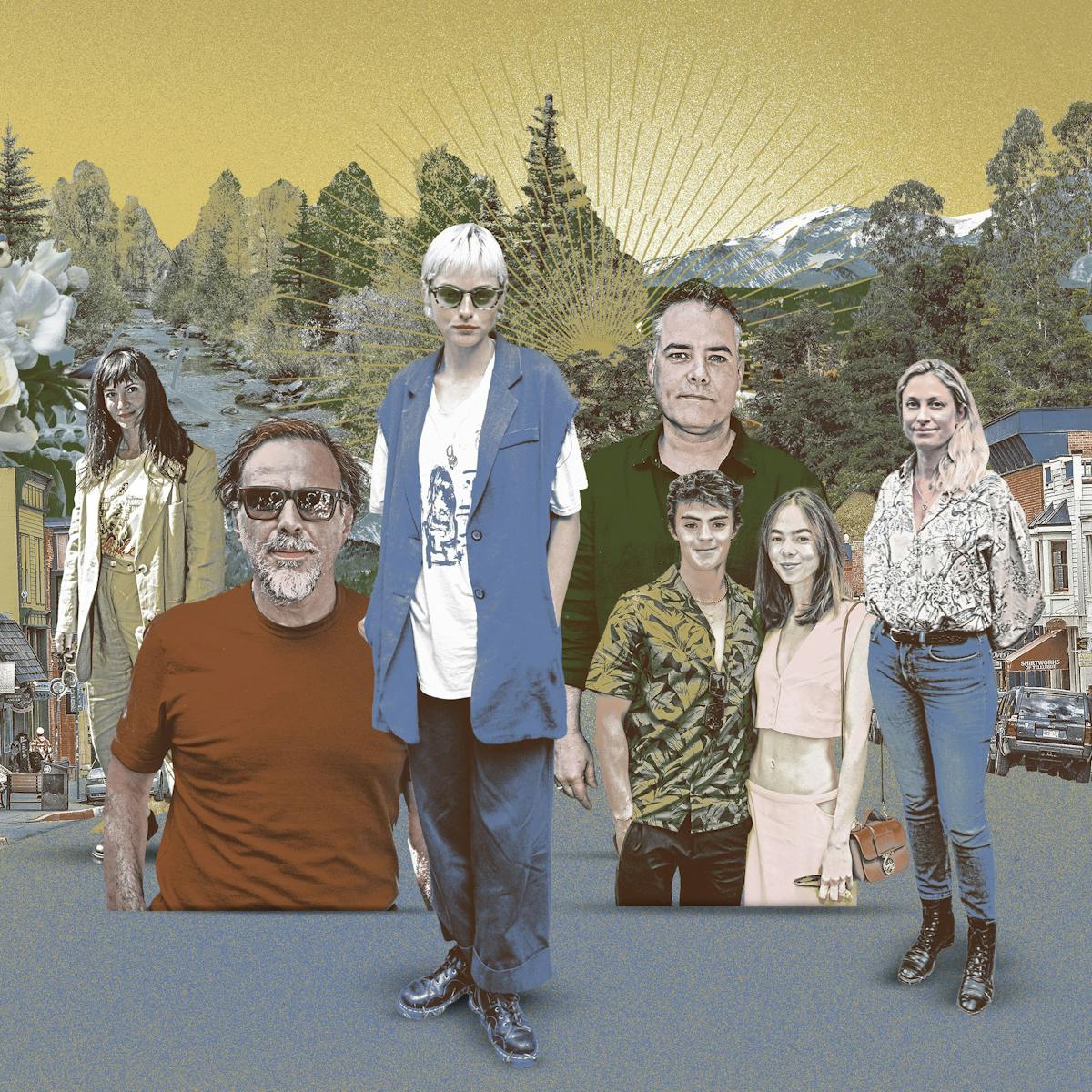Director Romain Gavras tells the modern tragedy of three brothers on the frontlines of social uprising.
Athena’s title, referencing the ancient Greek goddess of heroic endeavor, readies its audience for the epic film. Director Romain Gavras’s latest movie is a contemporary tragedy that embraces the fates of three siblings whose personal loss stokes the flames of an enraged and divided nation. “We wanted to experience the spark that will set the nation ablaze firsthand,” explains the director, by “starting with the personal story of a sibling whose pain and violence will spill over into the projects, and offscreen into the country.”
Gavras co-wrote Athena alongside his long-standing collaborator Ladj Ly, director of Cannes Film Festival Jury Prize and Best Film César-winner Les Misérables, and Elias Belkeddar (Un jour de mariage). Gavras knew he wanted to keep away from a more sociological approach to the story, which begins with the death of a man — believed to have been killed by police — and quickly rises to a fiery climax as one of his brothers ignites a revolution at their housing complex, Athena, and his other siblings become entangled. “It all happened at the beginning — as soon as we had this idea of tragedy in mind, we knew exactly what story we wanted to tell,” remembers Ly. Adds Gavras, “Sophocles said that a tragedy takes place between a sunrise and a sunset, in real time. There’s no time to think. In Athena, we see everything through the characters’ eyes: we experience what they experience in real time.” The writing process embraced that energy, with the first draft coming together in just three months, and the entire script completed within the year.

Abdel (Dali Benssalah)
Scouting a housing complex to serve as Athena, which is a character in its own right, took much longer. “We started to look a year before filming,” says production designer Arnaud Roth. “Our research field was housing projects that were going to be under construction or destroyed. We had 400 proposals which we sifted through.” The production eventually selected Évry’s Parc aux Lièvres housing project, in the outskirts of Paris, which has a pedestrian precinct 20 feet above the ground: “It was the only one that, given its geography and its structure, reminded us of a fortress,” continues Roth. To stress the confinement element and make it feel like a stronghold under siege, the production team built walls in places where there weren’t any and created crenellations along the border wall that we can see during the riot police onslaught. A visually stunning set, the housing project is evocative of a fortress that seems to be closing in on the characters like an open-air trap.
An intensely immersive experience, Athena plays out in operatic sequence shots where the actors seem to be moving in a choreographed fashion, as though on a fated, self-destructive path. Remarks Gavras, “I came up with the idea of sequence shots early in the writing process as I wanted the film to feel as if it was shot in real time, to feel immersive and seamless.” This was a very bold visual move that came with its challenges as the director could not rely on editing effects. “We did a month and a half of rehearsals with the actors because I couldn’t change anything in editing: there’s no life jacket on the timings,” says Gavras. “They have to be perfect from the start of the shot to the end of the shot, in terms of the emotions. It’s extremely hard, doing it without a safety net.”

Karim (Sami Slimane)
To enhance the film’s epic, urban battles, the director worked alongside cinematographer Matias Boucard (Eiffel, Kompromat). Several scenes were even shot in IMAX which, according to Boucard, brings scale and space to the footage and helps break away from the guerrilla filmmaking style: “The camera really helped us to make both simple and dramatic movements at the same time.” Case in point: the riot police attack scene, which required significant logistical effort, and brought the biggest crane in Europe — towering over 115 feet tall — all the way from the Czech Republic. To shoot the scene, the vehicle “drove in reverse in the middle of 250 extras,” quips the cinematographer.
Because the film takes place over a period of 24 hours, most of the actors didn’t experience any — or hardly any — costume changes. So costume designer Noémie Veissier needed to put a lot of thought into each character’s look. “We refined them together as the mindset and identity of the characters become more detailed,” she says. “We eventually settled on the idea of a clean, no-frills costume.” For Karim (Sami Slimane), the enraged kid brother, Veissier went in for a tracksuit with no distinctive features — “something universal and timeless,” she specifies — that becomes a uniform of sorts, echoing those worn by law enforcement officers. The outfits of Abdel (Dali Benssalah), the originally violent-averse older brother and army officer, reflect his psychological journey: first, a ceremonial paratrooper uniform, indicative of his high-ranking position; then a leather jacket; and eventually a simple T-shirt for a man that has been engaging in hand-to-hand combat. For Sébastien (Alexis Manenti), the radicalized boy, the costume designer chose sneakers close to those sported by the Taliban, which she sourced from Pakistan. The riot police officers’ outfits required a specific setup. The costumes sometimes arrived on set in batches of 200 pieces, which meant each riot police officer extra had to move along an “assembly line” of at least eight dressers. “The riot police officer outfit consists of several parts that have to be put on in a specific order,” Veissier explains. “Our extras moved along a line starting with the textile equipment and ending with the different elements of the body armor.”

Romain Gavras
During pre-production, Gavras listened only to opera and classical music. He asked his friend, electronic music artist Surkin, to compose the score with those elements in mind. Surkin wove together sparse electronic beats with tense symphonic compositions that complement Athena’s stunning visuals.“In terms of instrumentation, there was a desire to do something quite big”, says the composer. “We recorded more than 30 brass and string instruments in very large sections.” But he believes that the vibrant, heartrending chorus of over forty human voices brought power to the soundtrack, accompanying the march of fate and reflecting Karim’s tragic belief as summed up by Gavras, “We have won the battle, but we know that we are going to lose the war.”




